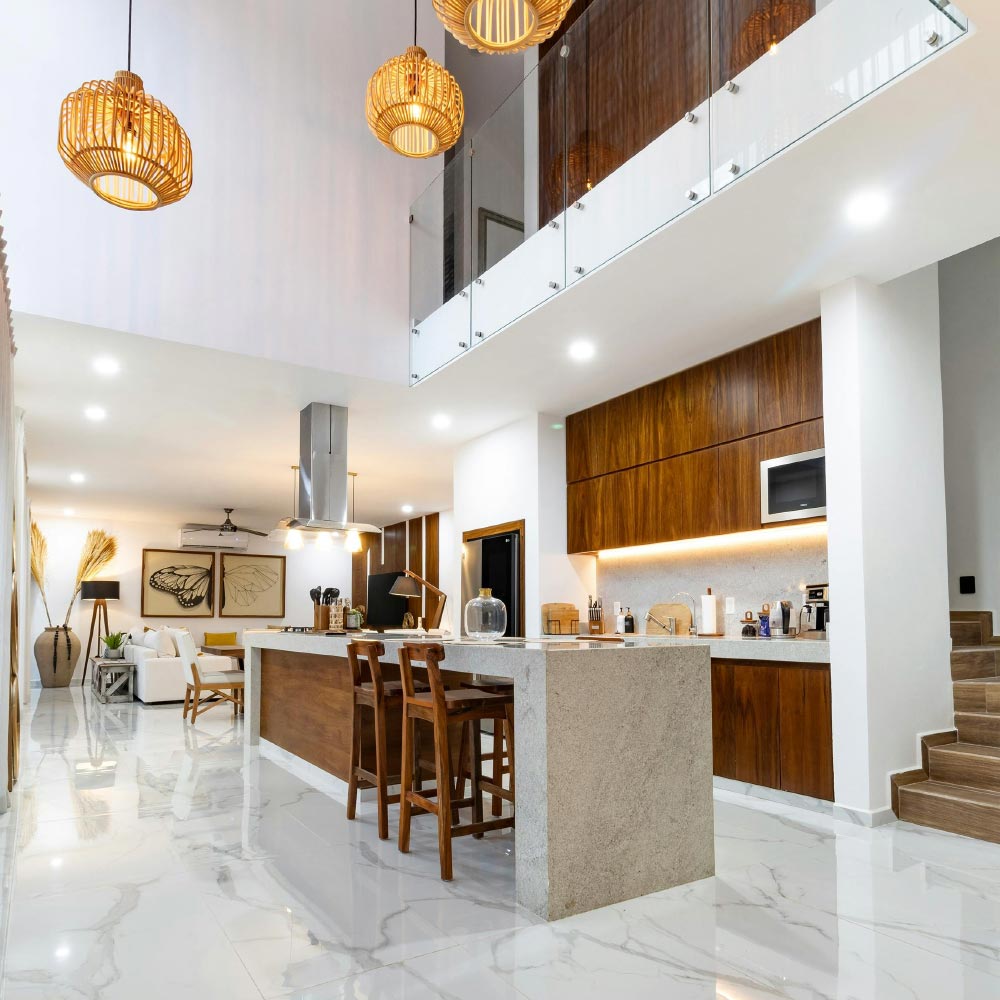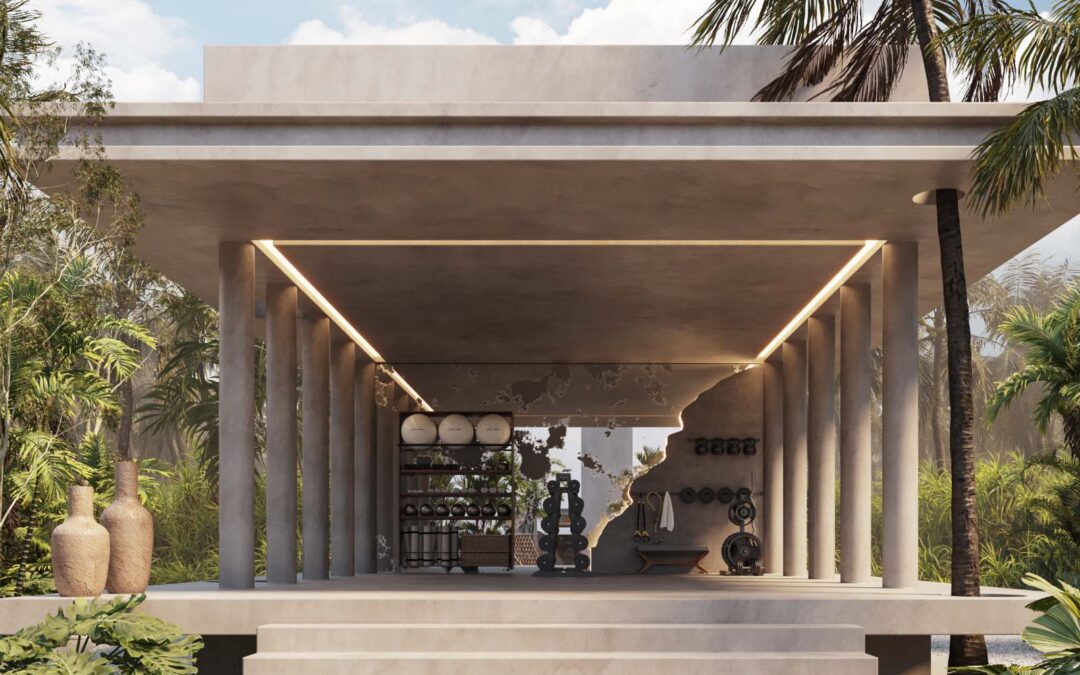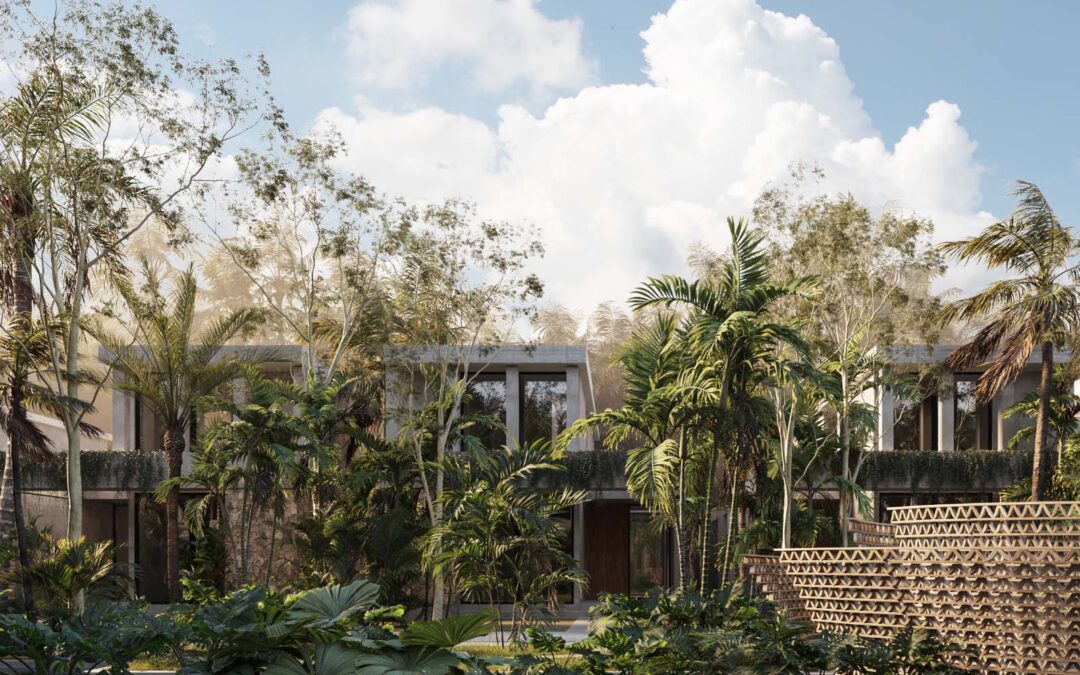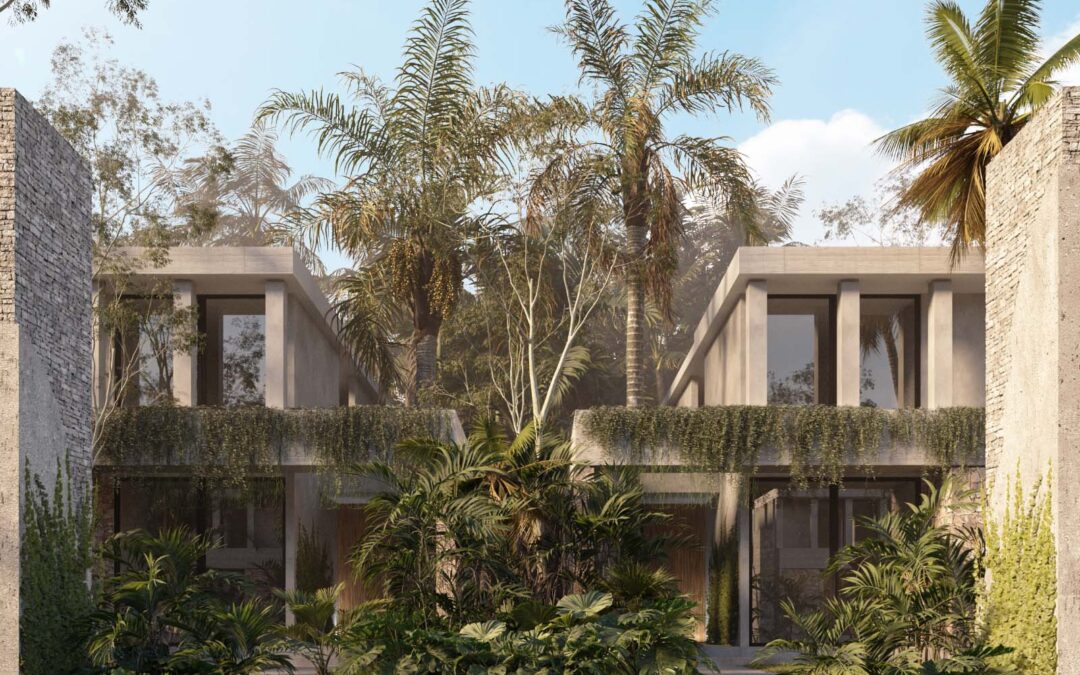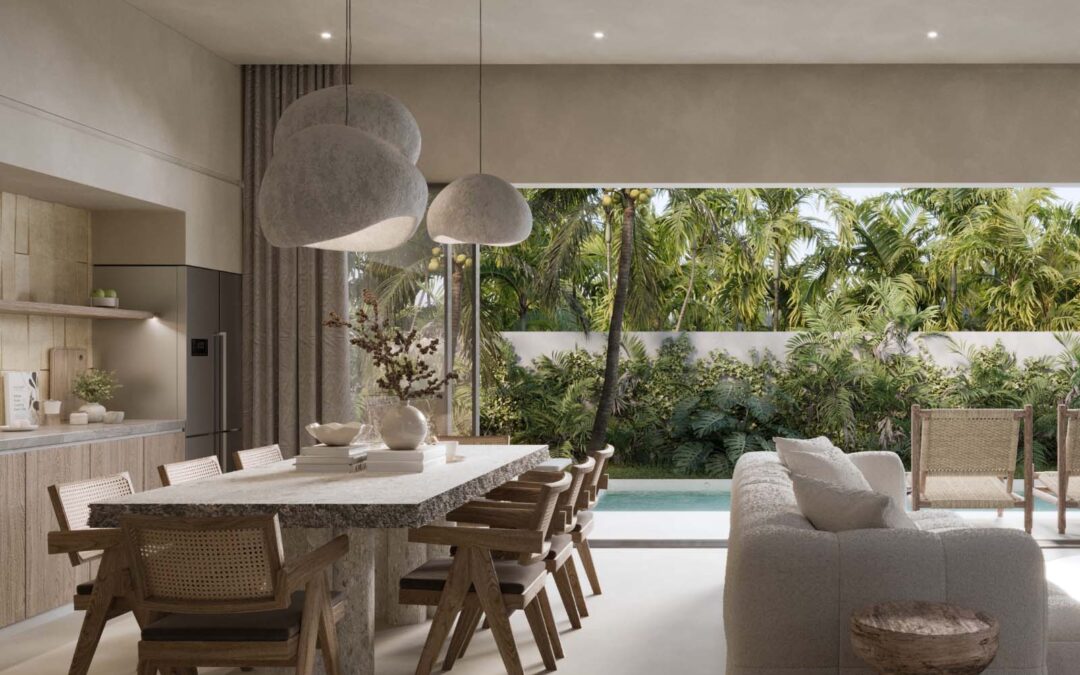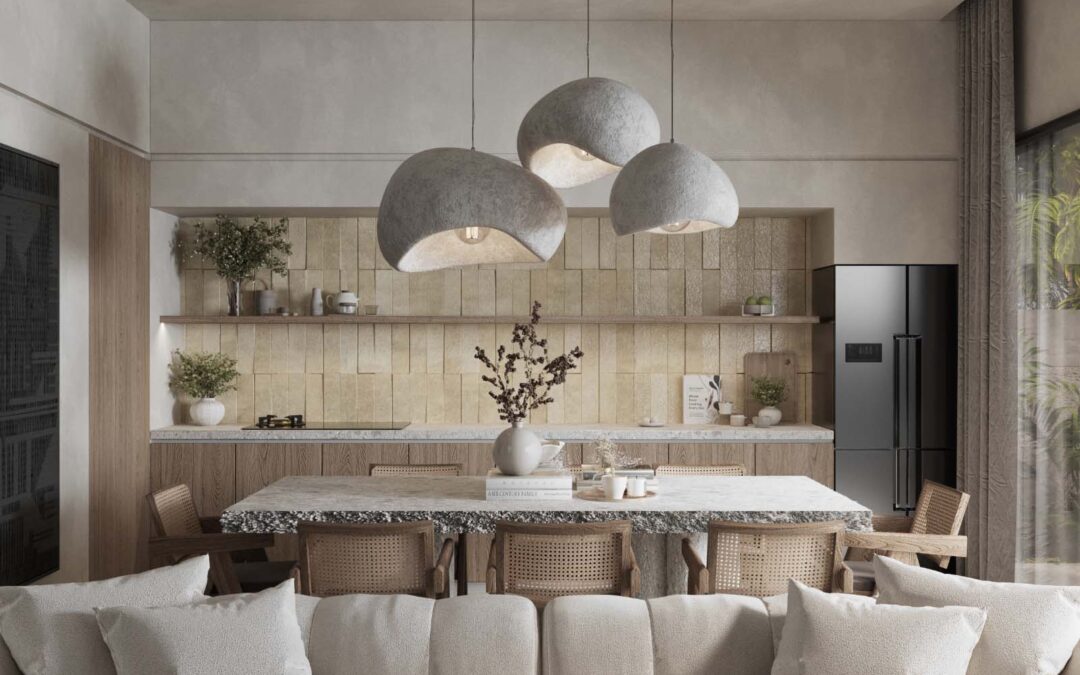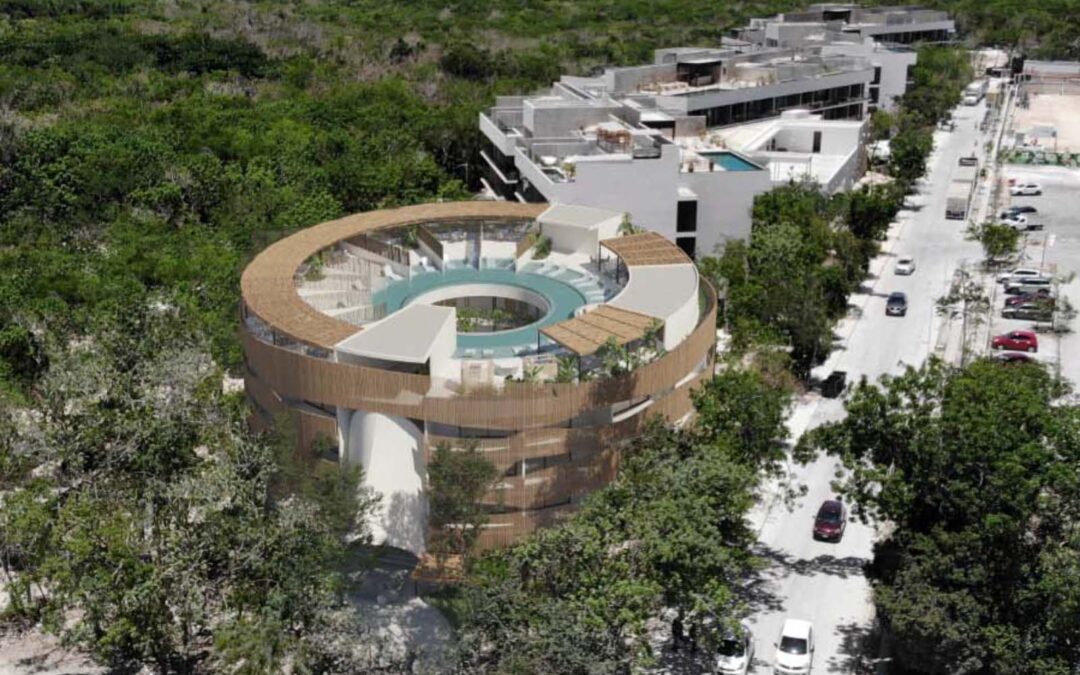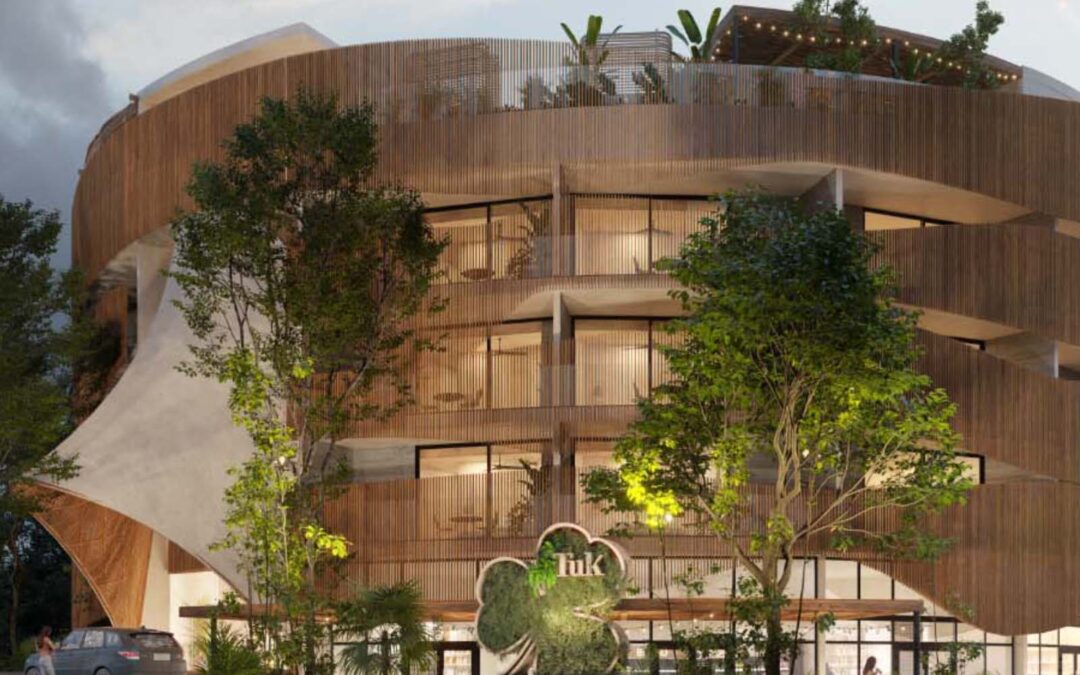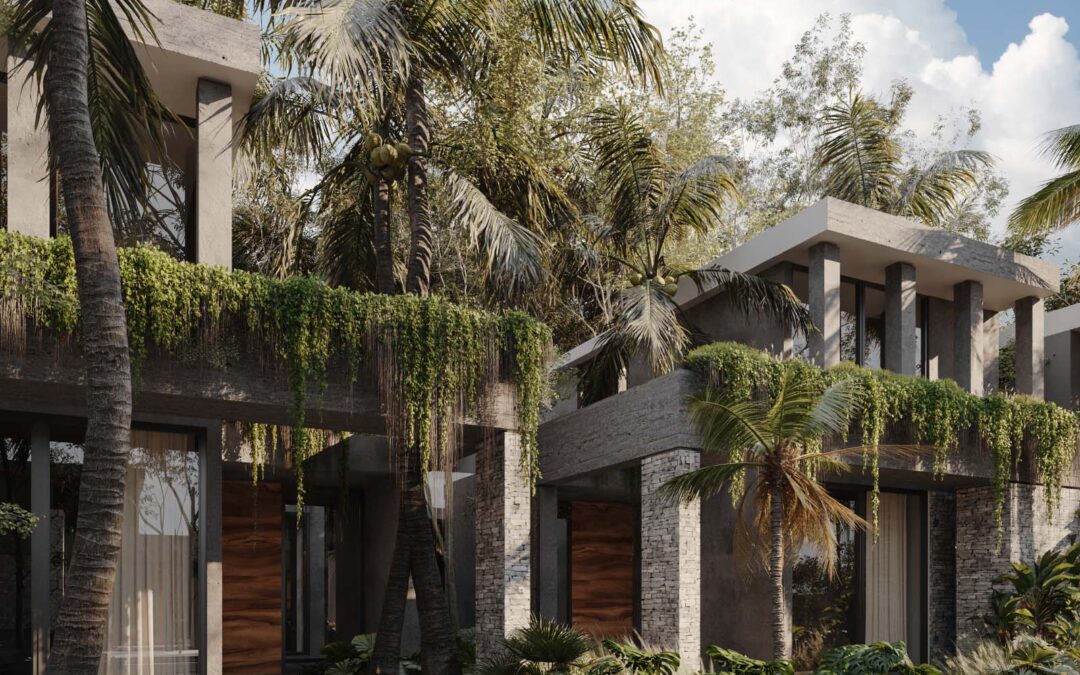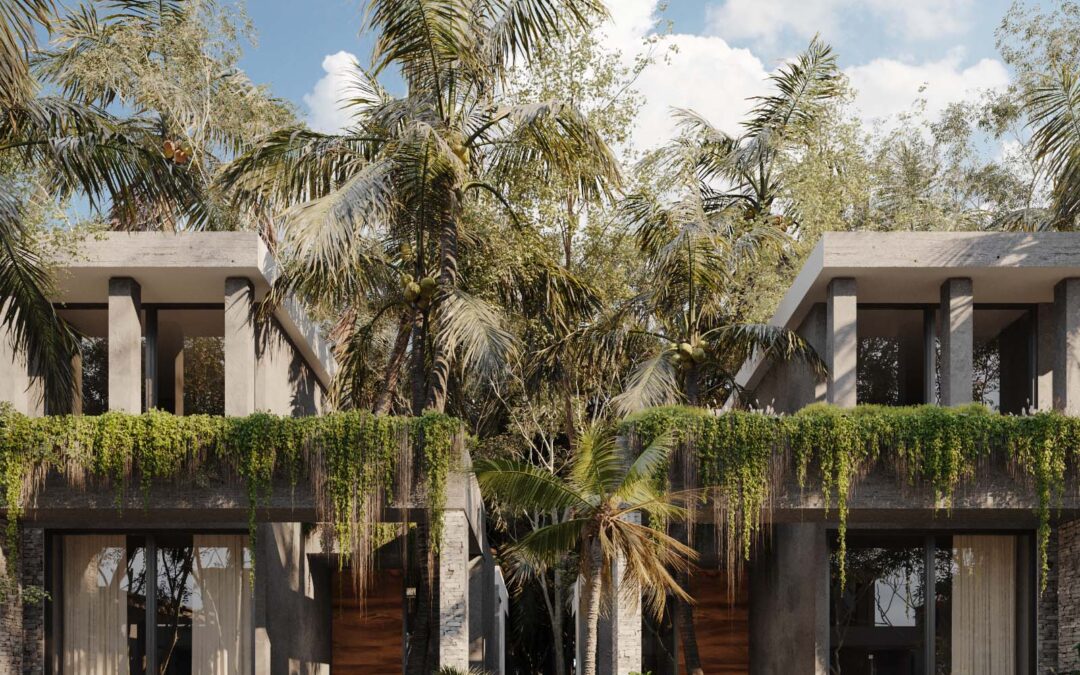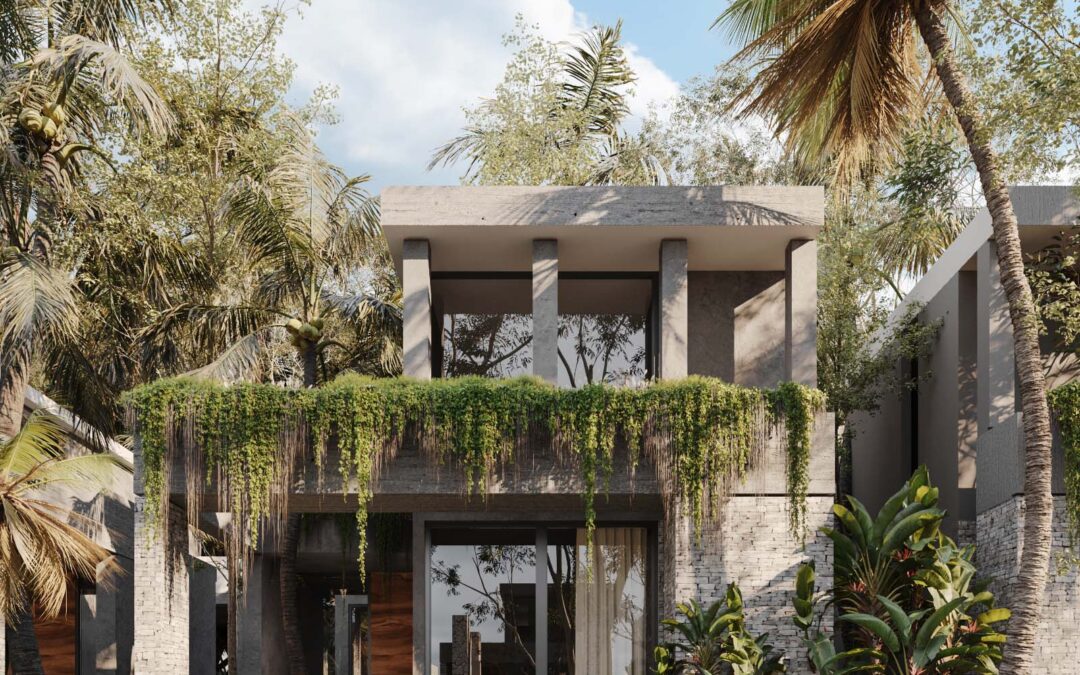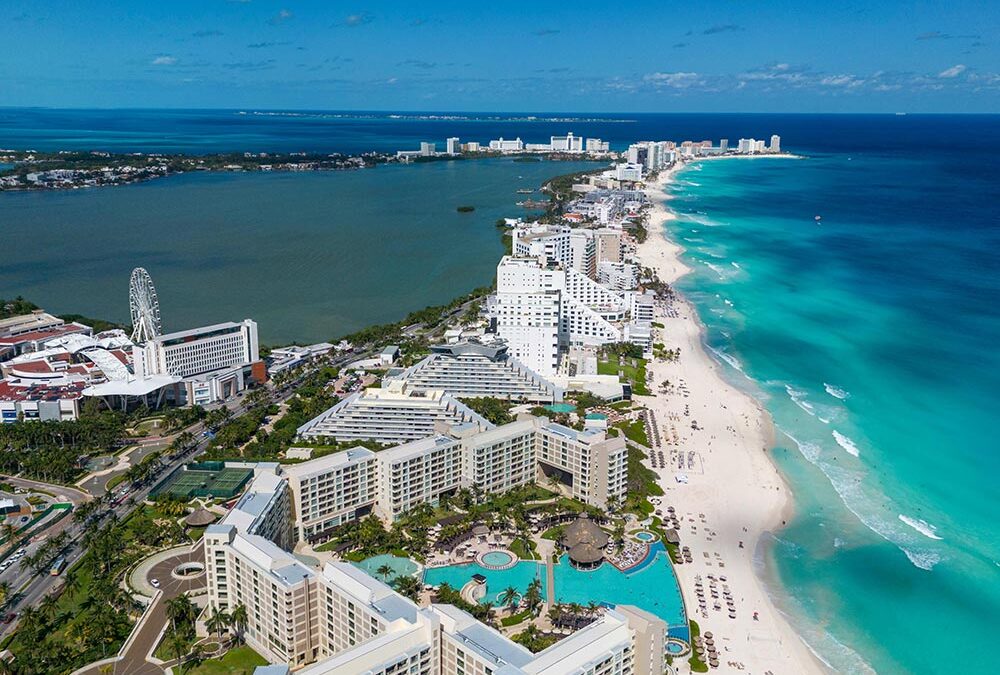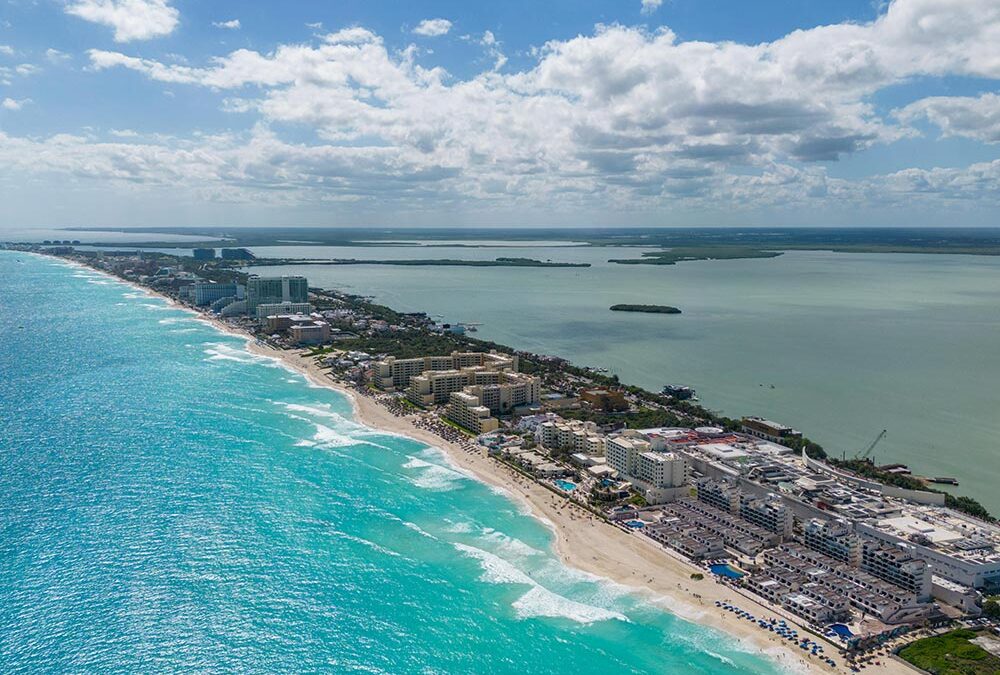Investing in pre-sale properties—also referred to as off-plan properties—offers a unique advantage to secure real estate at pre-construction pricing, often significantly lower than market value upon completion. This type of investment can generate substantial returns if managed effectively. However, the real challenge lies in the post-construction phase, where strategic decisions about upgrades, marketing, and property management can determine the ultimate value of the investment. By understanding the dynamics of property enhancement, market timing, and potential pitfalls, investors can unlock the full earning potential of their pre-sale investments.
Understanding the Potential of Pre-Sale Investments
Pre-sale investments provide a mechanism for investors to capitalize on real estate developments before they are completed. This approach often allows investors to secure a property at a fixed price, protecting against market price inflation that may occur during the construction period. Additionally, many developers offer attractive incentives, such as payment plans, flexible deposit structures, or upgrades, to entice early buyers. These advantages make pre-sale investments a popular choice for both seasoned and first-time investors.
Why Pre-Sale Properties Attract Investors
Investors are drawn to pre-sale properties primarily due to the potential for capital appreciation. By purchasing at an early stage, investors can often realize significant increases in value once the property is completed and ready for occupancy. Another attraction is the opportunity to secure properties in prime locations where supply may be limited. For example, a pre-sale condo in a bustling urban center often becomes a high-demand asset due to its location advantages, such as proximity to public transit, schools, and business hubs.
Risks and Mitigation
While pre-sale investments can be lucrative, they are not without risks. Delays in construction are common and can extend the time before the property generates income. Market fluctuations between the time of purchase and completion can also impact profitability. Investors should perform thorough due diligence on the developer’s reputation, financial stability, and past project performance to mitigate these risks. Additionally, seeking legal advice to review contracts and project timelines ensures greater transparency and protection for investors.
Key Factors That Influence Property Value
The value of a property is determined by a combination of external factors, such as location and market trends, and internal factors, including construction quality and added features. Understanding these elements is essential for investors looking to maximize the return on their pre-sale investments. While some of these factors are beyond the investor’s control, others can be influenced through strategic enhancements and proactive management.
Location and Accessibility
Location is often regarded as the single most critical determinant of property value. Properties situated near essential services such as schools, hospitals, and retail centers tend to command higher prices. Accessibility to public transit and major highways further enhances a property’s appeal, particularly in urban centers. For example, a condominium located near a metro station often enjoys higher rental demand and resale value than those in more remote areas.
Market Trends and Economic Conditions
Economic conditions, such as employment rates, interest rates, and overall market sentiment, significantly impact property values. During periods of economic growth, property demand often increases, driving up prices. Conversely, during economic downturns, investors may face challenges in achieving desired returns. Monitoring local market trends, such as housing inventory levels and buyer preferences, can help investors make informed decisions about when to buy, sell, or enhance their properties.
Quality of Construction and Amenities
The quality of materials used, construction standards, and the availability of modern amenities significantly affect a property’s value. Properties that feature energy-efficient designs, smart home technologies, and luxury amenities like swimming pools or fitness centers tend to stand out in competitive markets. Investors can enhance the value of their pre-sale properties by selecting projects from developers known for delivering high-quality construction and comprehensive amenities.
Strategies to Enhance Property Value Post-Construction
Post-construction is the phase where investors can make targeted improvements to maximize a property’s market appeal and value. Enhancements should be strategically chosen to align with current buyer or tenant preferences and provide a measurable return on investment. Thoughtful upgrades, professional staging, and effective marketing can turn a standard property into a high-value asset.
High-Quality Interior Upgrades
One of the most impactful ways to increase property value is through interior upgrades. For example, updating kitchens and bathrooms with high-end finishes such as quartz countertops, stainless steel appliances, and modern fixtures can yield a high ROI. Similarly, incorporating energy-efficient upgrades like smart thermostats and LED lighting not only appeals to eco-conscious buyers but also reduces operational costs for renters.
Optimizing Space Utilization
Properties that maximize space utilization are highly sought after in today’s market. Adding built-in storage solutions, remodeling small areas for better functionality, or converting underutilized spaces into home offices can significantly enhance a property’s usability and market value. For instance, transforming a small, enclosed kitchen into an open-concept space can modernize the layout and appeal to contemporary buyers.
Landscaping and Outdoor Improvements
Well-maintained outdoor spaces are increasingly viewed as valuable extensions of a home. Investors can add appeal by creating landscaped gardens, installing outdoor lighting, or designing attractive patio areas with seating and entertainment options. These enhancements are especially impactful for properties in suburban or high-demand residential areas.
Leveraging Staging for Rental or Sale
Staging a property showcases its full potential and makes it more appealing to potential buyers or tenants. For instance, staging a condo with modern furniture, neutral colors, and thoughtful decor can help highlight the unit’s features and create a stronger emotional connection with prospects. Professionally staged properties are statistically proven to sell faster and at higher prices.
The Role of Market Timing in Maximizing ROI
Timing plays a crucial role in determining the profitability of real estate investments. Listing a property for sale or rent during high-demand periods can result in quicker transactions and better pricing. Conversely, poor timing can lead to prolonged market exposure or lower-than-expected offers.
Supply and Demand Dynamics
The basic principle of supply and demand dictates that properties listed during periods of low inventory are more likely to attract competitive offers. Investors should track local housing data and work with real estate agents who have insights into supply trends in their target markets.
Capitalizing on Market Trends
Rising property markets offer opportunities for higher appreciation. However, holding onto a property during periods of stagnation or oversupply can be more beneficial than rushing to sell. For rentals, timing lease listings during peak moving seasons—such as spring and summer—can lead to higher occupancy rates and rental income.
Case Study: Transforming a Pre-Sale Unit into a High-Yield Asset
In 2021, a New York-based investor purchased a pre-sale condominium in an up-and-coming neighborhood for USD $375,000. By the time of completion in 2023, market demand for units near public transit had surged. To capitalize on this trend, the investor spent an additional USD $22,500 on upgrades, including custom cabinetry, smart appliances, and luxury vinyl flooring. The enhanced unit was rented out at a premium, generating a 6% annual rental yield. Within 12 months, the property value had appreciated to USD $487,500, yielding a 30% ROI, excluding rental income.
Conclusion
Turning pre-sale investments into high-value assets involves more than just waiting for property completion. By implementing strategic upgrades, understanding market dynamics, and avoiding common pitfalls, investors can significantly enhance their ROI. The combination of careful planning, market awareness, and effective property management ensures that pre-sale investments realize their full potential as high-performing assets.
FAQs
How much should I spend on post-construction upgrades?
Investing 5-10% of the property’s purchase price in targeted upgrades can yield a strong ROI. Focus on high-impact areas such as kitchens, bathrooms, and energy-efficient improvements that align with market preferences.
What are the risks of over-improving a property?
Over-improving a property by adding features that exceed market norms may not yield proportional returns. It is crucial to understand buyer or tenant expectations in your target demographic before making upgrades.
How do I determine the best time to sell my property?
Analyze market trends, such as inventory levels and price movements, to determine optimal selling conditions. Collaborating with local real estate professionals can provide insights into the best timing for listing.
What upgrades offer the best ROI for rentals?
Key upgrades that provide excellent ROI for rentals include energy-efficient appliances, modernized kitchens, updated bathrooms, and space-saving features like built-in storage. These enhancements improve tenant satisfaction and rental income.
Should I stage my property for sale or rental?
Yes, staging significantly improves the marketability of properties, often leading to faster transactions and better pricing. Professionally staged homes showcase their best features and help potential buyers or tenants visualize themselves in the space.
